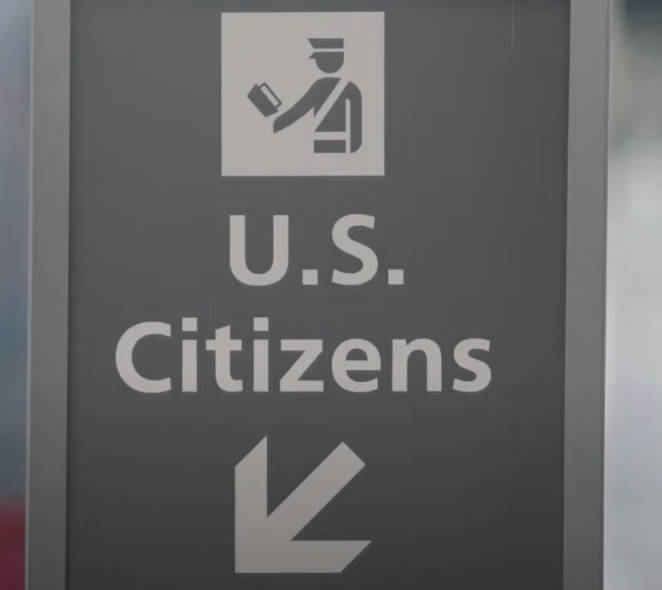Comprehensive Guide to Traveling with Global Entry
You may have heard of Global Entry, a program offered by the U.S. Customs and Border Protection (CBP) to provide expedited identification clearance for pre-approved, low-risk travelers upon arrival in the United States. With Global Entry, you can bypass the long lines at customs and immigration, saving time and reducing stress. But what exactly is Global Entry, and how can you make the most of it? This guide will take you through everything you need to know to travel seamlessly with Global Entry.
What is Global Entry?
Global Entry is a trusted traveler program designed to make the customs and immigration process faster and more efficient for frequent travelers. With Global Entry, pre-approved, low-risk travelers can use self-service kiosks to complete their customs and immigration formalities upon arrival at a U.S. airport. In many cases, it reduces the time spent waiting in long lines and simplifies the re-entry process.
The program is available to U.S. citizens, U.S. lawful permanent residents, and citizens of certain other countries such as Mexico, Colombia, Germany, and South Korea, among others. It's also part of a wider network of trusted traveler programs, including TSA PreCheck, which can make security screening smoother as well [source].
How to Apply for Global Entry
Applying for Global Entry is straightforward but does involve several steps. You’ll need to fill out an online application via the Trusted Traveler Programs (TTP) website and pay a non-refundable fee of $100. As part of the application process, you will provide personal details such as your name, address, employment history, and travel background. Additionally, you must answer questions regarding any criminal activity or immigration violations.
Once your application is conditionally approved, you’ll be required to schedule an in-person interview at a Global Entry Enrollment Center. During the interview, CBP officers will confirm your identity, take your photo, and capture your fingerprints. If you are approved, you’ll receive a Global Entry ID card, but this is primarily for land crossings. For airport travel, your passport or permanent resident card will be automatically linked to the system.
VIDEO:Have you ever wished you could breeze through airport security without the hassle? In this video, Ben from Ben Thoennes Dream Vacations Travel Agency breaks down the differences between TSA PreCheck and Global Entry, two programs designed to make your travel experience smoother and faster. From the benefits and costs to the application process, Ben covers everything you need to know to decide which program is right for you. Personally, this video was a game-changer for me, helping me understand how to expedite my travel and save precious time at the airport. Don't miss out on these valuable insights—watch the video now and make your next trip a breeze!
Making an Appointment
Securing an appointment can be challenging due to high demand. Many locations show no availability for several months, and some travelers report waiting up to a year. However, there are a few strategies you can employ to get an earlier appointment:
- Walk-in appointments: Some travelers have had success by attempting walk-in appointments when returning from international trips. However, this is not guaranteed and is location-dependent.
- Fly to a different location: If you’re in a rush, consider flying to a different Global Entry Enrollment Center that has earlier availability.
- Use an alert service: A more convenient option is to use a service like TTPAppointments.com, which notifies you when appointments open up at your preferred location. The service is free for email alerts, and you can opt for text alerts for a one-time fee of $24 for 30 days.
Once you complete the interview and your application is approved, you’ll receive a Global Entry ID card, although it’s mainly used for land border crossings rather than air travel.
How to Use Global Entry
Using Global Entry is designed to be quick and easy. Upon arriving at a U.S. airport, follow the signs for the Global Entry kiosks, which are usually located near the standard customs lines. Here's how the process works:
- Scan your passport or U.S. permanent resident card at the kiosk.
- Follow the on-screen prompts to verify your information, including travel itinerary and purpose of visit.
- Scan your fingerprints and have your photo taken by the kiosk.
- Once the process is complete, you’ll receive a receipt that you present to the CBP officer along with your Global Entry ID card, if applicable.
The system is highly efficient, and most travelers complete the process in a fraction of the time it would take in regular customs lines. Additionally, Global Entry includes TSA PreCheck, further expediting the screening process on your departure.
Tips for Traveling with Global Entry
To ensure your Global Entry experience is smooth, here are a few important tips:
- Always carry your Global Entry ID card, especially when crossing the U.S. border by land.
- Keep your passport information up to date in the Global Entry system, especially if you renew your passport.
- Even though you're enrolled in Global Entry, you are still required to declare any restricted or dutiable items brought into the U.S. Failure to do so could result in fines or the loss of Global Entry privileges.
- Maintain up-to-date contact information in your Global Entry profile, so you can be notified of any changes or issues related to your membership.
By following these guidelines, you'll be able to maximize the benefits of Global Entry and enjoy stress-free re-entry into the United States.
FAQ: Traveling with Global Entry
Find more help here for your journey through the airport


